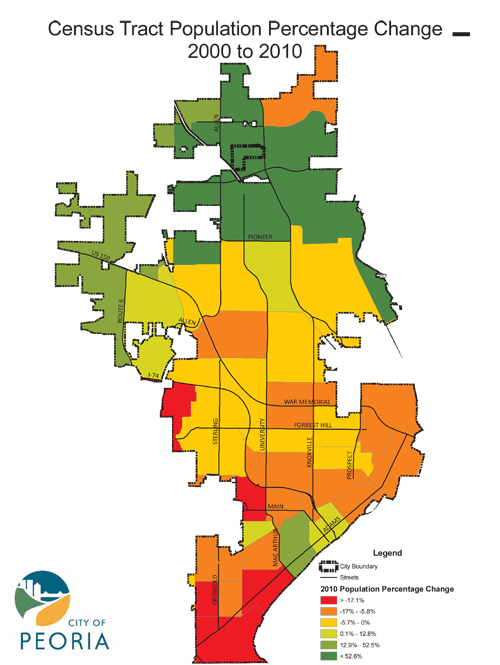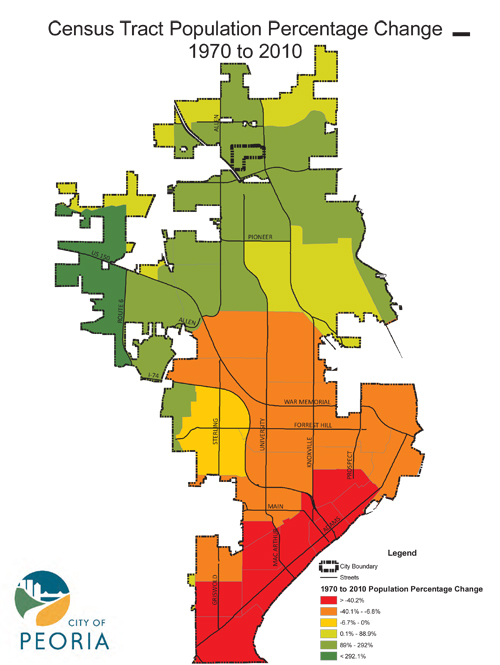The City Council candidates are often asked at forums what ideas we have for generating more revenue for the city. Gary Sandberg has suggested that the City should provide its own ambulance service, severing its contract with Advanced Medical Transport (AMT). The way he sees it, we already have a professional fire department that is first on the scene and capable of providing basic life support (BLS); it would not take much to have these guys trained to provide advanced life support (ALS) as well.
Mayor Jim Ardis apparently heard about this and took up his pen to write an editorial in the Journal Star. He says:
During the current campaign for City Council, some candidates have suggested that the city consider starting its own ambulance service. As a 14-year veteran on the council, I have studied this question time and again and the answer is always the same. A city-operated ambulance provider will require a taxpayer subsidy from our general fund and lose millions of dollars each year.
AMT doesn’t receive a taxpayer subsidy. In fact, AMT pays the city a dispatch fee that generates $100,000 per year. We have a good medical emergency response system. It is not broken and meets the highest national standards defined to date. Private studies have provided the same conclusion.
Start-up costs to begin transport would be nearly $3.5 million for equipment and training. AMT writes off more than $2 million per year as uncollectable, bad debt. The company also discounts $5 million for Medicare and Medicaid. The city could not afford to lose a penny of revenue and still wouldn’t run this operation in the black. Simply put, transport is not a core service for our citizens.
…Our ambulance service agreement with our professional fire department is an idea that works. Adding to our already strained payroll is an idea that does not make sense.
I’m not going to dismiss Ardis’s criticism out of hand. But this explanation leaves a lot to be desired. Given the numbers put forth in this editorial, one has to wonder how AMT didn’t go bankrupt years ago. Why is AMT able to operate in the black, but the City of Peoria couldn’t? Since AMT is a not-for-profit organization, I took a look at its Form 990.
According to the 2009 Form 990 (the latest available), AMT’s total revenue was $11,696,795. That revenue went up every year from 2005 ($9,224,551) to 2009. Total expenses were $10,776,223, including the executive director’s salary of $256,549, the assistant executive director’s salary of $113,612, and the controller’s salary of $110,651. Considering they’re a non-profit company, and thus their services are priced accordingly, I’d say they’re doing pretty well, and have been for a number of years.
Again, I’m not saying that Ardis is necessarily wrong — I’m just saying his article doesn’t explain why AMT is able to make almost a million dollars a year and pay handsome salaries to its top brass, but somehow the City would lose money hand over fist if it provided the same service. I’m also unclear why we would have to “[add] to our already strained payroll.” Why couldn’t the existing personnel who are already BLS-trained also be ALS-trained? There would be training and equipment costs to be sure, but why couldn’t those costs be covered by the revenue the City would receive the same way AMT’s training and equipment costs are covered by the revenue they receive?
We need Paul Harvey to give us the rest of the story.
Geno Ford, the Mid-American Conference Coach of the Year the last two seasons at Kent State University, will become the 13th head coach in Bradley Basketball history when he is formally introduced to the public during a noon press conference Monday in the Renaissance Coliseum arena.





